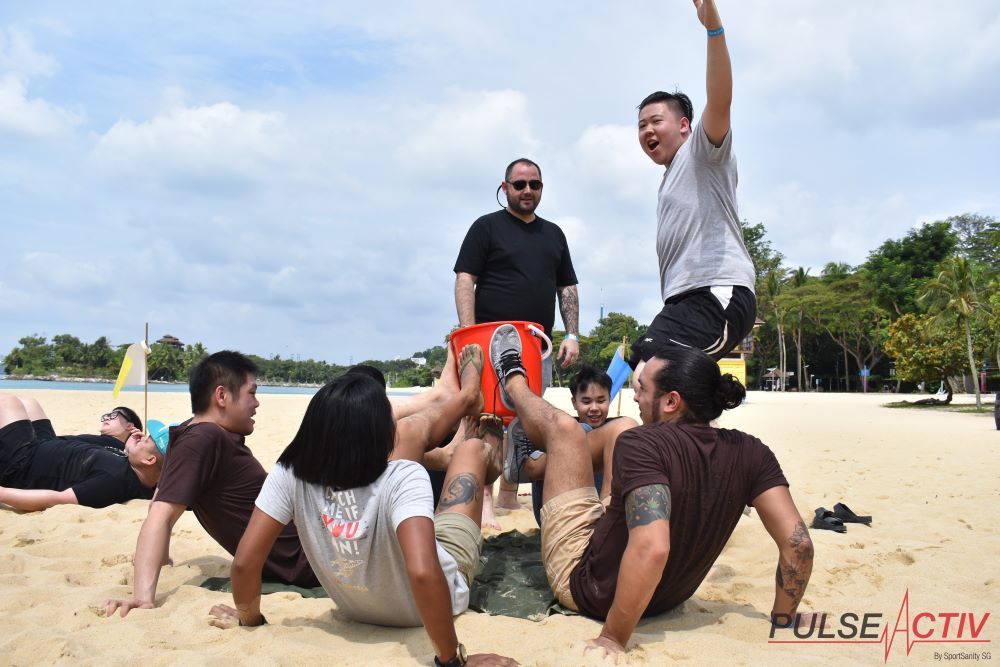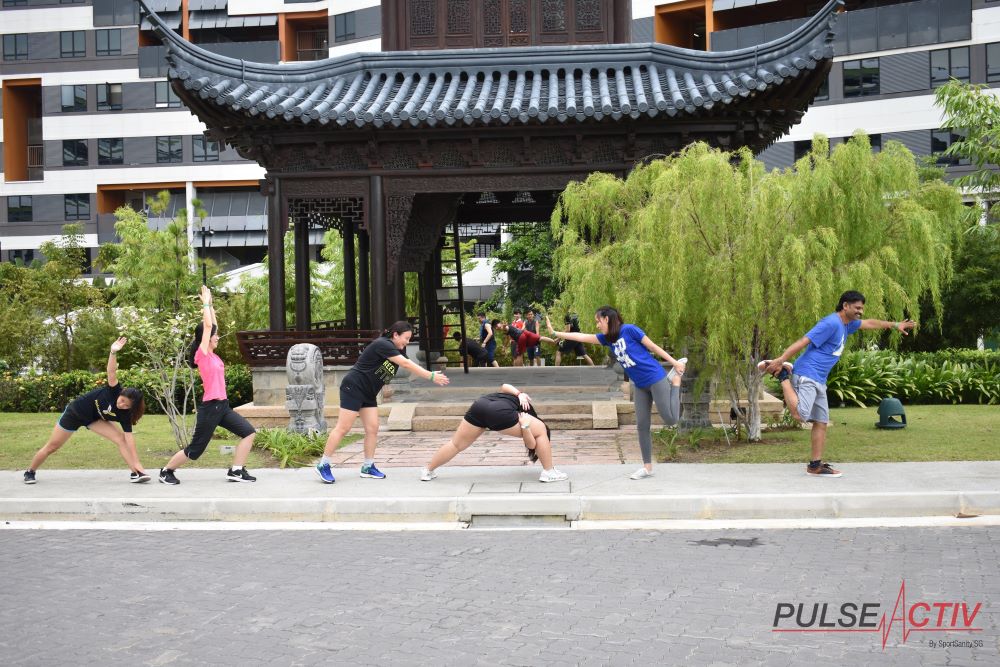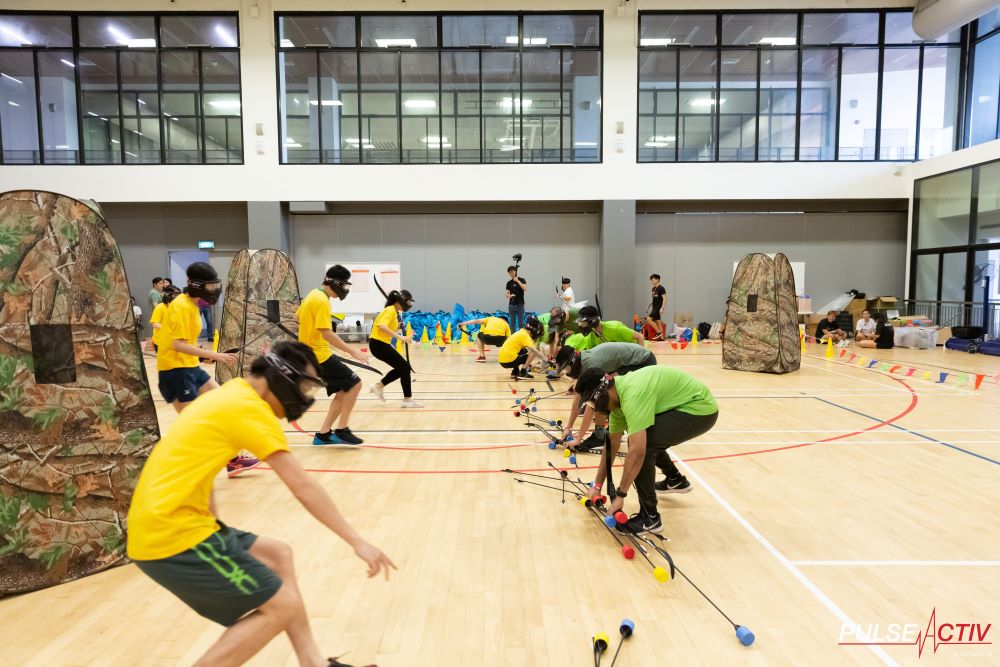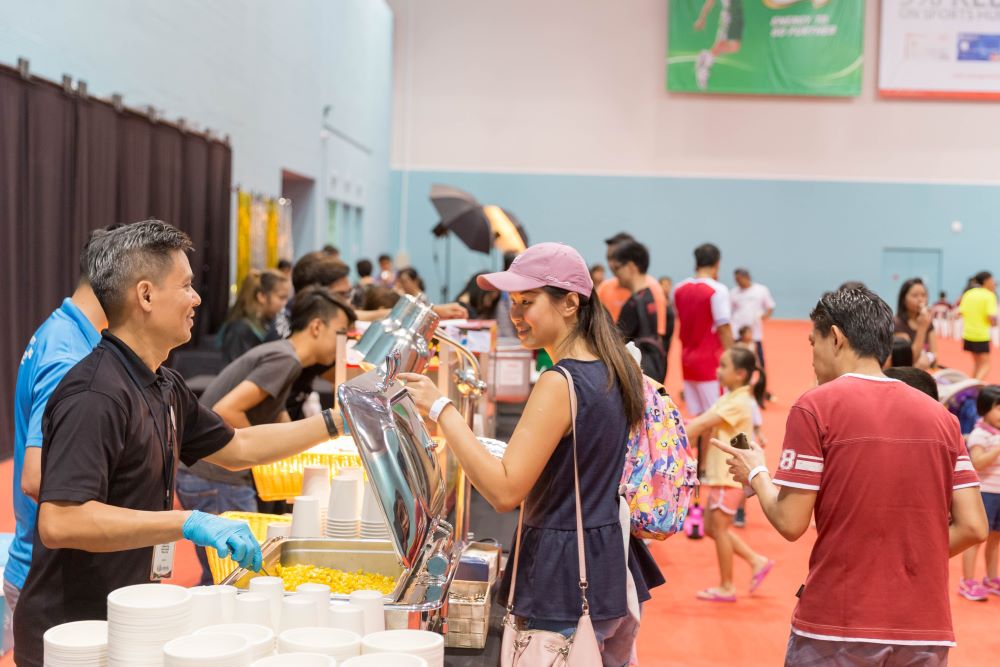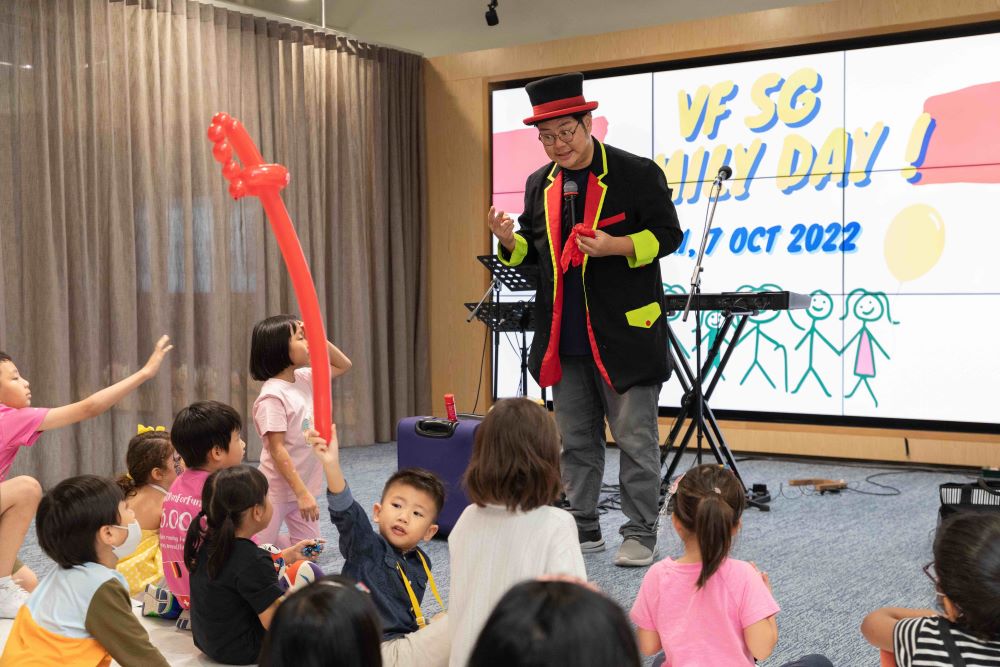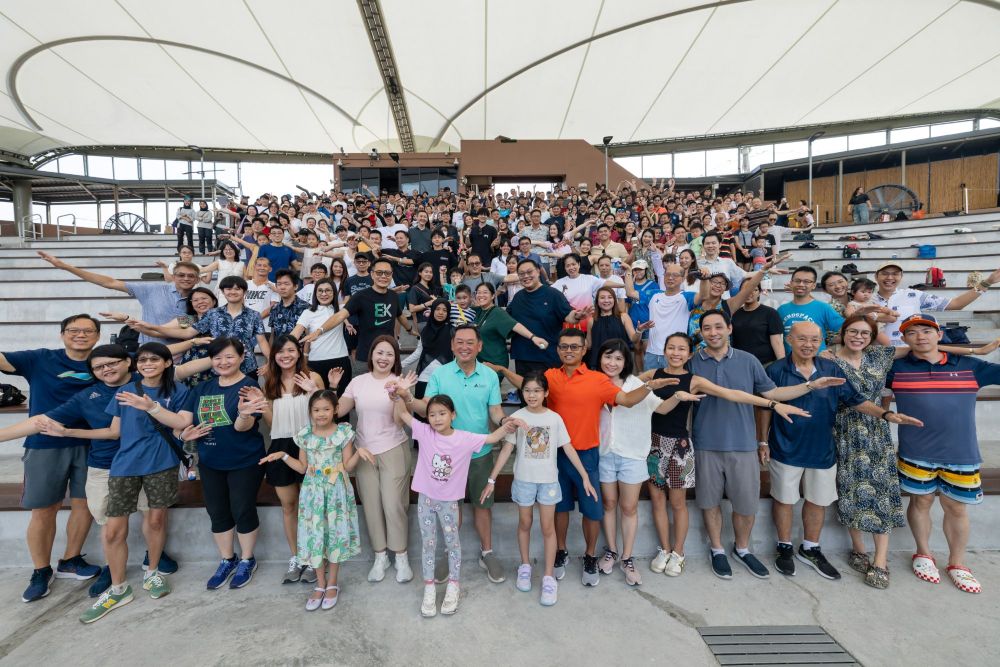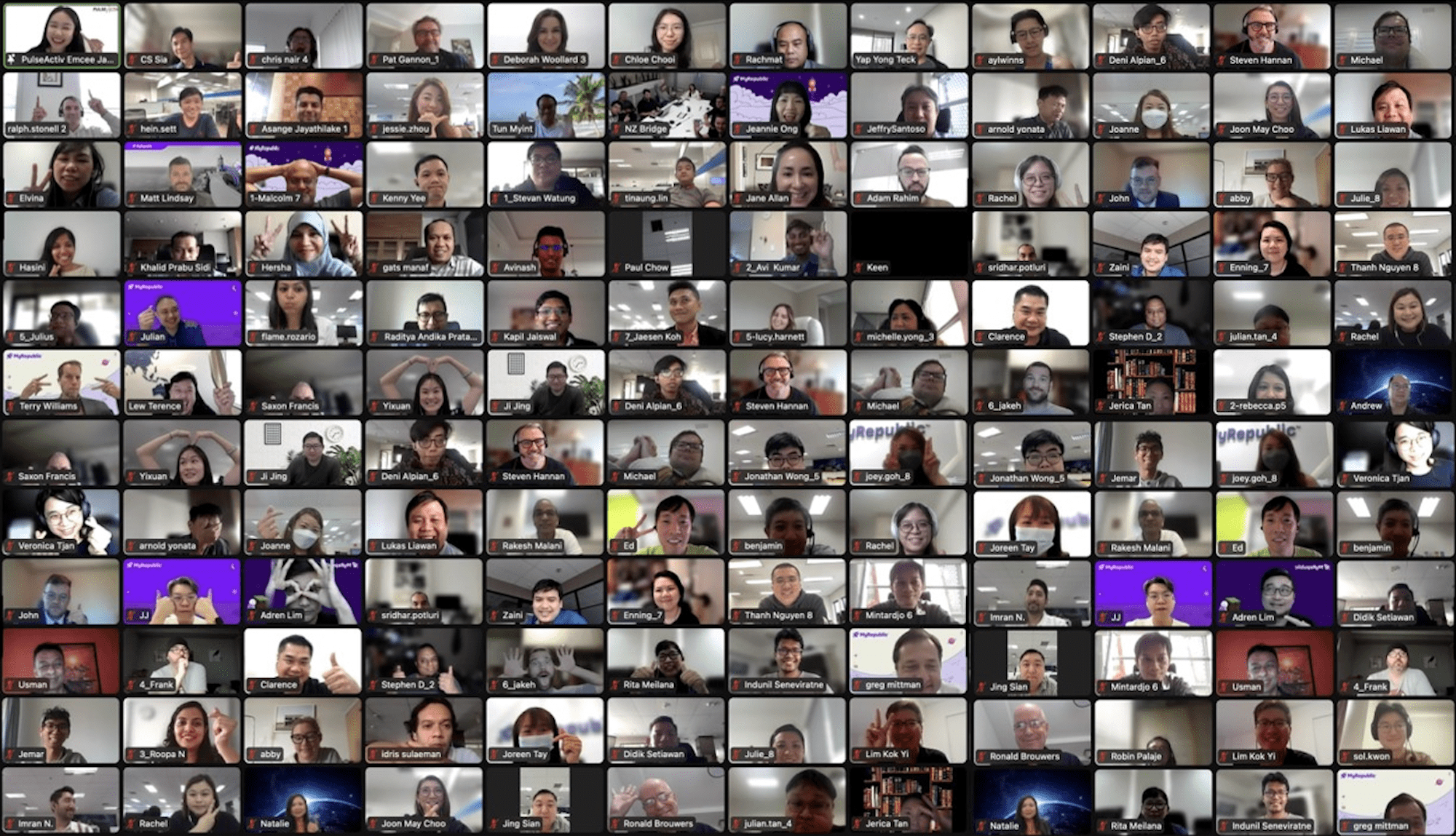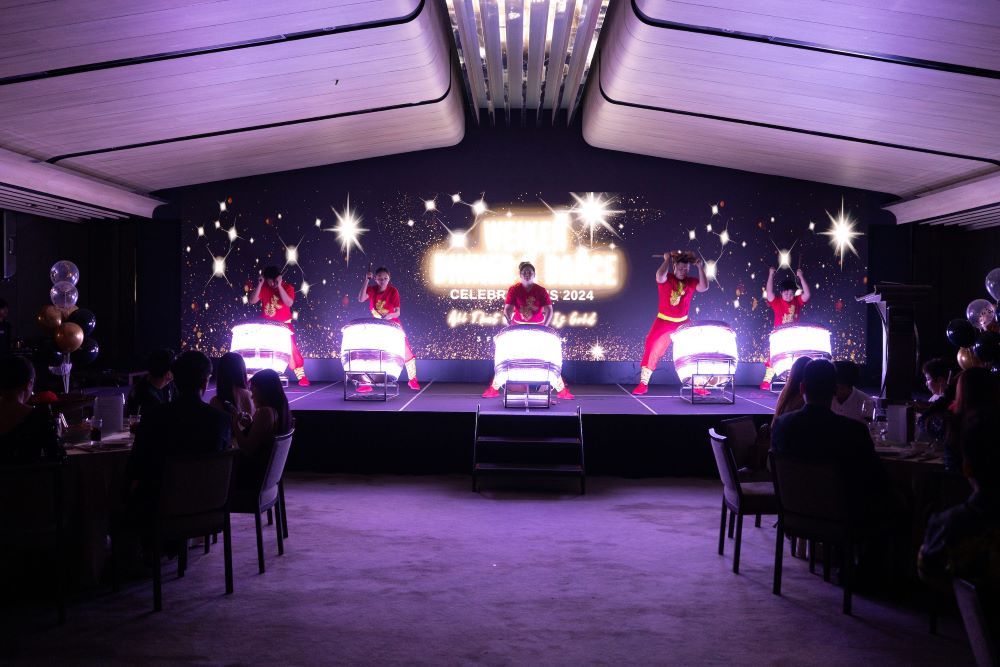Historical Sports Day: Recreating Games from Different Eras
Organizing a Historical Sports Day can be a unique and engaging way to combine physical activity with a fun educational experience. By recreating sports and games inspired by different historical periods or ancient cultures, participants can enjoy a lively trip back in time while engaging in healthy competition. This event can be enriched with period costumes and themes, making it an unforgettable experience for everyone involved.
Bringing History to Life: Organizing Sports and Games from Different Eras
A Historical Sports Day can be organized by selecting various eras and the corresponding games or sports that were popular during those times. Here are a few ideas to get you started:
1. Ancient Greece: Olympic Games
- Sports: Organize events like discus throw, long jump, wrestling, and running races inspired by the ancient Olympics. These activities can be adapted for safety and inclusivity, such as using foam discs for discus throw or marking out short sprints for the running races.
- Costumes: Participants can wear tunics or chitons, and wreaths made of olive branches can be given as prizes. Simple tunics can be made from plain sheets, while wreaths can be crafted from construction paper or real leaves for an authentic touch.
- Themes: Decorate the venue with Greek columns and banners, and play traditional Greek music. Consider setting up informational posters about the original Olympic Games, the athletes, and the significance of each event.
2. Medieval Jousting and Archery
- Sports: Set up a safe jousting competition using pool noodles and hobby horses. Include archery with foam-tipped arrows for added fun. You can also incorporate other medieval games like tug-of-war or relay races with a medieval twist.
- Costumes: Participants can dress up as knights, squires, or princesses, with cardboard shields and helmets. Encourage creativity with costumes by holding a pre-event crafting session where participants can make their own medieval attire.
- Themes: Create a medieval fair atmosphere with banners, tents, and a mock castle backdrop. Adding elements like a “king” or “queen” to oversee the events or heralds announcing the games can enhance the theme.
3. Victorian Era: Croquet and Badminton
- Sports: Host a croquet tournament and badminton matches, both popular during the Victorian period. Set up additional lawn games such as lawn bowling or hoop rolling for a complete Victorian experience.
- Costumes: Encourage participants to wear period-appropriate attire, such as long dresses and waistcoats. Providing parasols and straw hats can add to the Victorian charm.
- Themes: Set up picnic areas with checkered blankets and baskets, and play classical music to set the mood. Consider offering traditional Victorian refreshments like lemonade, finger sandwiches, and scones.
4. Native American Games
- Sports: Introduce traditional Native American games like stickball, hoop and pole, or double ball. Ensure that these games are presented respectfully and accurately, possibly by involving members of the Native American community.
- Costumes: Participants can wear simple, respectful representations of traditional attire. It’s important to be culturally sensitive and to avoid stereotypes.
- Themes: Incorporate cultural elements such as storytelling, drumming, and traditional dances. Provide educational materials about the significance of each game and the cultural heritage behind them.
5. Colonial America: Sack Races and Tug-of-War
- Sports: Organize sack races, three-legged races, and tug-of-war, which were common pastimes during the colonial period. You can also include games like hoop rolling or marbles.
- Costumes: Participants can wear colonial-style clothing, such as breeches, bonnets, and aprons. Consider making simple colonial hats or bonnets as a craft activity before the event.
- Themes: Decorate with colonial flags and rustic wooden signs, and play period-appropriate folk music. Offering activities like candle-making or butter-churning demonstrations can further immerse participants in the colonial era.
The Fun and Educational Elements of Historical Sports
Historical sports add an exciting and educational twist to traditional sports days. Here’s how:
1. Learning Through Play
- Participants can learn about the history and culture of different eras through the games they play. Each activity can be accompanied by a brief history lesson, making learning fun and interactive. For instance, before a game begins, a short explanation of its origins and historical context can be shared.
2. Cultural Appreciation
- By engaging in sports from different cultures and periods, participants gain a deeper appreciation for the diversity and richness of human history. It promotes cultural understanding and respect, fostering a sense of global citizenship.
3. Enhanced Engagement
- The novelty of historical sports can increase engagement and participation. The unique nature of the activities can capture the interest of people who might not typically be enthusiastic about sports. The immersive experience can make participants feel like they are part of history, enhancing their overall enjoyment.
4. Creativity and Imagination
- Historical sports days encourage creativity and imagination. Participants not only play the games but also imagine themselves in the historical context, enhancing their experience and making the event more memorable.
Incorporating Period Costumes and Themes
To fully immerse participants in the historical experience, consider these ideas for incorporating period costumes and themes:
1. Costume Contests
- Host a costume contest with prizes for the most accurate, creative, and humorous costumes. This encourages participants to put effort into their attire and adds a competitive, fun element to the day. Categories like “Best Historical Accuracy” and “Most Creative” can cater to different types of participants.
2. Themed Decorations
- Decorate the venue to reflect the different eras. Use props, banners, and music to create an authentic atmosphere. This helps set the scene and enhances the overall experience. For example, for the Victorian era, consider using lace tablecloths, vintage teacups, and old-fashioned bunting.
3. Interactive Stations
- Set up stations with information about each historical period, complete with artifacts or replicas, to provide context for the games. This can be an excellent opportunity for participants to learn more about the history behind the activities. Interactive elements like trying on period costumes or handling replica artifacts can make these stations more engaging.
4. Themed Refreshments
- Offer refreshments that fit the theme of each era. For example, serve traditional Greek foods like olives and cheese during the ancient Greece segment, or colonial American snacks like apple pie and cider. This adds another layer of authenticity and can be a delightful treat for participants.
5. Storytelling Sessions
- Incorporate storytelling sessions where participants can learn about legends, myths, or historical events from the periods being represented. This can be done between games or as a closing activity, providing a relaxing and informative end to the day.
By combining sports with history, a Historical Sports Day can provide a memorable and enriching experience for all participants. Whether it’s learning about ancient Greek athletics or experiencing the fun of medieval jousting, this event promises to be both educational and entertaining, creating lasting memories and a deeper appreciation for the past.
To head back to read another article in our blog, click here.
